Mukaiyama Award
Mukaiyama Award Recipients
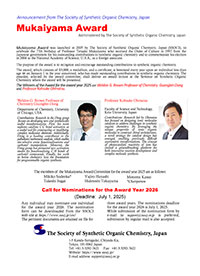
The Winners of the Award for the award year 2025
What’s the Mukaiyama Award ?
- Name
- Mukaiyama Award
(Administered by The Society of Synthetic Organic Chemistry, Japan)
- Purpose
- To recognize and encourage outstanding contributions to synthetic organic chemistry.
- Nature
- The award consists of $3,000, a medallion, and a certificate.The recipient shall deliver an award lecture at the Seminar on Synthetic Organic Chemistry. Reasonable travel expenses to the Symposium will be paid.
- Establishment
- The award was established in 2005 by SSOCJ to celebrate the 77th birthday of Professor Teruaki Mukaiyama who received the Order of Culture in 1977 from Japanese government for his outstanding contributions to synthetic organic chemistry and to commemorate his election in 2004 to the National Academy of Science, USA, as a foreign associate.
- Rules of Eligibility
- The award shall be granted to an individual of forty-five years old or younger as of April 1 in the year concerned without regard to nationality for the outstanding contributions to synthetic organic chemistry.
- Nominations
- The award shall be granted to an individual of forty-five years old or younger without regard to nationality for the outstanding contributions to synthetic organic chemistry.
Nomination form
- Selection
- The award committee selects two award recipients, one from the non-Japanese nominees and the other from the Japanese nominees. The committee consists of seven members appointed by the President of SSOCJ.
Past Mukaiyama Award Recipients
Wrofessor Ryan A. Shenvi
Department of Chemistry, Scripps Research, La Jolla, CA, USA
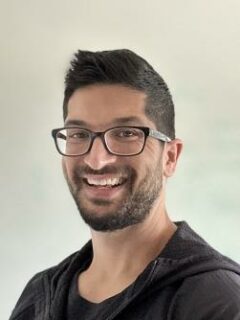
Contributions: The Shenvi group is known for its innovations in complex synthesis and catalysis, especially the hypothesis that metal hydride hydrogen atom transfer (MHAT) is more widespread among base metal catalyzed reactions than previously appreciated. Research in Shenvi’s laboratory spans mechanistic study, method development and total synthesis, as well as biological investigation via collaboration with other groups. The Shenvi group has also introduced a different view of the field of natural product synthesis, where they are considered leaders.
Professor Junichiro Yamaguchi
Department of Applied Chemistry, Waseda University, Japan
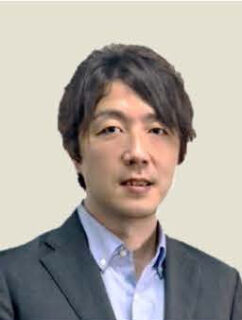
Contributions: Towards create complex molecules, Yamaguchi focused on the commonly used functional groups and aromatic rings found in organic compounds and developed catalytic transformations to break them. The research directed by Yamaguchi has created a new trend in synthetic organic chemistry, including common functional group-cleavage couplings, bond exchange reactions, and catalytic dearomatization functionalization using unique molecular catalysts.
Professor Sarah E. Reisman
Bren Professor of Chemistry Division of Chemistry & Chemical Engineering, California Institute of Technology Pasadena, CA, USA
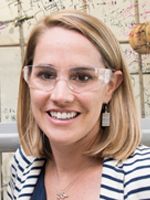
Contributions: Research in the Reisman laboratory seeks to advance the science of chemical synthesis, through synergistic contributions in both strategy design for natural product synthesis and reaction development. Reisman is recognized as a leader in the area of natural product synthesis, where her group has contributed new strategy-driven approaches several complex highly oxidized natural products. In addition to her program in natural product synthesis, Reisman has made impactful contributions to the rapidly advancing field of Ni-catalysis, with an emphasis on asymmetric reductive cross-coupling reactions.
Professor Naoya Kumagai
Graduate School of Pharmaceutical Sciences, Keio University, Japan
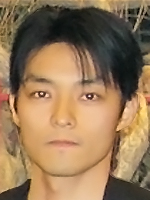
Contributions: The development of synthetic methodologies driven by cooperative catalysts, unique heterocycles, and quinoline oligomers. The research directed by Kumagai has focused on the development of novel metal-based cooperative catalytic systems that have allowed for otherwise infeasible catalytic asymmetric transformations to proceed. His insatiable curiosity into catalyst design has provided a novel class of proficient catalysts utilizing boron-containing exotic heterocyclic entities. His research interests have expanded to the investigation of quinoline-based aesthetic molecular architectures, which pertain to diverse areas of chemistry research.
Professor Neil K. Garg
Department of Chemistry & Biochemistry, University of California, Los Angeles, U.S.A.
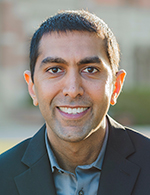
Contributions: The development of synthetic methodologies using unconventional building blocks and innovation in the synthesis of complex molecules.
Professor Naohiko Yoshikai
Graduate School of Pharmaceutical Sciences, Tohoku University, Japan
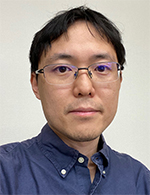
Contributions: The development of synthetic methodologies using unconventional building blocks and innovation in the synthesis of complex molecules.
Professor Melanie S. Sanford
Department of Chemistry, University of Michigan, Ann Arbor, U.S.A.
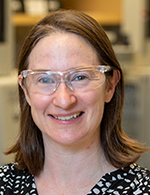
Contributions: Developing transition metal catalyzed reactions for diverse organic transformations including C-H functionalization, arene fluorination and radiofluorination, and decarbonylative cross-coupling.
Professor Hirohisa Ohmiya
Graduate School of Medical Sciences, Kanazawa University, Japan
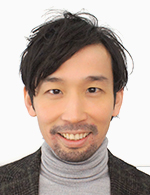
Contributions: The development of novel reactions through system-oriented molecular catalysis, such as organo/metal hybrid catalysis and radical-mediated organocatalysis.
Professor Martin D. Burke
Department of Chemistry, University of Illinois at Urbana-Champaign, U.S.A.
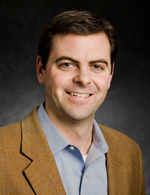
Contributions: Pioneering the field of molecular prosthetics and the development of an automated Lego-like platform for democratizing small molecule synthesis.
Professor Shigeki Matsunaga
Faculty of Pharmaceutical Sciences, Hokkaido University, Japan
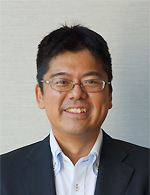
Contributions: The development of new chiral catalysts for atom- and step-economical organic reactions, such as enantioselective C-H functionalization and C-C bond formation via simple proton-transfer process.
Professor Richmond Sarpong
Department of Chemistry, University of California, Berkeley, U.S.A.
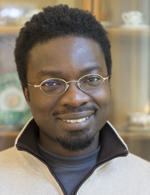
Contributions: Development of strategies and methods for the synthesis of complex molecules, including natural products, by employing chemical network analysis as well as C-H and C-C bond functionalizations.
Professor Shunsuke Chiba
Division of Chemistry and Biological Chemistry, Nanyang Technological University, Singapore
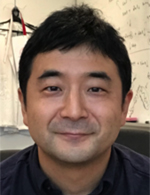
Contributions: Exploration of new reactivity of main group metal hydrides for development of unique and unprecedented molecular transformations.
Professor Jeffrey W. Bode
Laboratory of Organic Chemistry, Swiss Federal Institute of Technology (ETH), Switzerland
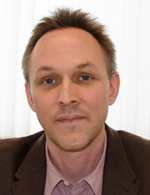
Contributions: Enantioselective N-heterocyclic carbene catalysis, KAHA ligation the chemical synthesis of proteins, SnAP and SLAP reagents for the preparation of saturated N-heterocycles, potassium acyltrifluoroboronates (KATs) for amide and amine synthesis.
Professor Mamoru Tobisu
Department of Applied Chemistry, Graduate School of Engineering, Osaka University, Japan
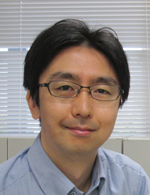
Contributions: The discovery and development of new catalytic reactions that can transform strong chemical bonds, such as carbon-carbon, carbon-oxygen and carbon-heteroatom bonds.
Professor Frank Glorius
Organisch-Chemisches Institut, Westfälische Wilhelms-Universität Münster, Germany
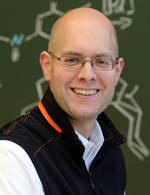
Contributions: Diverse pioneering contributions with N-heterocyclic carbenes (in organocatalysis, transition metal catalysis and on-surface chemistry), in the field of C-H activation chemistry and in the development of smart screening methods.
Professor Yoshiaki Nakao
Department of Material Chemistry, Graduate School of Engineering, Kyoto University, Japan
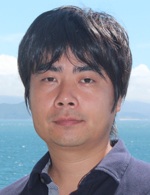
Contributions: The development of novel reactions through C-H and C-C functionalization by cooperative metal catalysis.
Professor M. Christina White
Department of Chemistry, University of Illinois at Urbana-Champaign
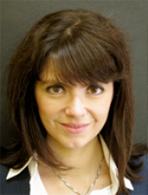
Contributions: cracked the code for selective C-H reactivity and pioneered the late-stage C-H functionalization strategy by developing catalysts with differential sensitivities to C-H bond electronics, sterics, and stereoelectronics that enable predictable site-selective oxidations in complex molecules.
Professor Hideki Yorimitsu
Graduate School of Science, Kyoto University, Japan
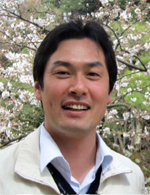
Contributions: the curiosity-driven invention of useful reactions and synthetic strategies of striking originality, covering a vast range of chemical sciences from bioactive molecules to atomic layers.
Professor Brian M. Stoltz
Department of Chemistry, California Institute of Technology, U.S.A.
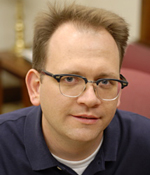
Contributions; The discovery and development of new reactions and processes for the synthesis of complex natural products and non-naturally occurring bioactive structures.
Professor Shigehiro Yamaguchi
Institute of Transformative Bio-Molecules and Graduate School of Science, Nagoya University, Japan
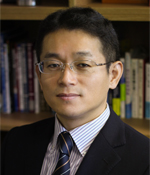
Contributions; the development of photo- and electro-functional organic molecules. He established several key design principles using main group elements, such as B, Si, or P, and produced various types of fascinating π-conjugated skeletons.
Professor Phil S. Baran
Department of Chemistry, The Scripps Research Institute, U.S.A.
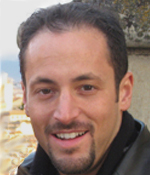
Professor Baran has made the important contributions to the invention of useful new reactions and reagents for the pharmaceutical industry and the total synthesis of complex natural products in a scalable, economic fashion by aiming for “ideality” using C–H functionalization logic.
Professor Masayuki Inoue
Graduate School of Pharmaceutical Sciences, The University of Tokyo, Japan
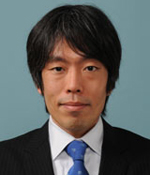
Professor Inoue has made the important contributions to the development of creative and novel synthetic methodologies and strategies for total syntheses of structurally complex natural products, and elucidation of molecular rationale of their biological action using the synthetic analogues.
Professor Benjamin List
Managing Director of the Max-Planck-Institut fur Kohlenforschung and Honorary Professor at the University of Cologne, Germany
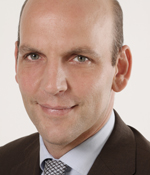
Contributions; List’s discovery that amines such as the amino acid proline are general catalysts for asymmetric synthesis has initiated the field of organocatalysis, which is currently revolutionizing chemical synthesis in academia and in industry.
Professor Kenichiro Itami
Institute of Transformative Bio-Molecules and Graduate School of Science, Nagoya University, Japan
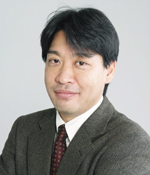
Contributions; the development of C-H coupling catalysts and application to the synthesis of nanocarbon materials and bioactive molecules.
Professor Jin-Quan Yu
The Scripps Research Institute USA
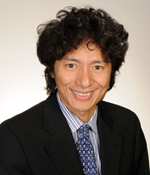
Contributions; the development of catalytic C-H activation reactions directed by weak coordination and their applications as new disconnections for organic synthesis; Discovery of ligand-accelerated and enantioselective C-H activation reactions.
Professor Ken Tanaka
Department of Applied Chemistry Tokyo University of Agriculture and Technology, Japan
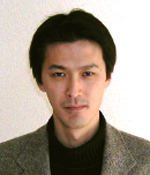
Contributions; the development of enantioselective cycloaddition and aromatization reactions using chiral cationic transition-metal complexes as catalysts. These processes enable the catalytic enantioselective construction of non-centrochirality as well as centrochirality.
Professor Dean Toste
Department of Chemistry, University of California, Berkeley, USA
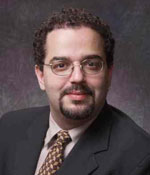
Contributions; the discovery and development of catalysts and catalyzed reactions, especially those based on gold, and applications in organic synthesis and asymmetric catalysis including the use of chiral anions.
Professor Fumitoshi Kakiuchi
Department of Chemistry, Faculty of Science and Technology, Keio University, Japan
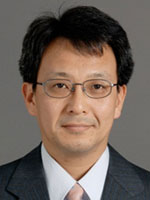
Contributions; the development of new methods for highly efficient, catalytic, selective functionalization of unreactive carbon-hydrogen and carbon-heteroatom bonds and the elucidation of their reaction mechanisms.
Professor Michael J. Krische
Department of Chemistry & Biochemistry, University of Texas at Austin, USA
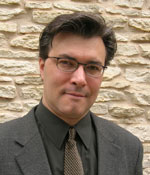
Contributions; the first hydrogen-mediated C-C bond formations beyond alkene hydroformylation. These processes define a departure from stoichiometric organometallic reagents in carbonyl addition and, under transfer hydrogenation conditions, enable carbonyl addition directly from the alcohol oxidation level.
Professor Masahiro Terada
Department of Chemistry, Graduate School of Science, Tohoku University, Japan
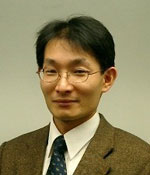
Contributions; the development of novel axially chiral Bronsted acids and bases as efficient enantioselective catalysts for a variety of carbon-carbon bond and carbon-heteroatom bond forming reactions.
Professor Justin Du Bois
Department of Chemistry, Stanford University, USA
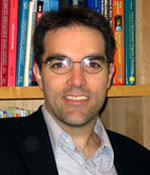
Contributions: The development of novel oxidation processes for the selective modification of unsaturated C-H bonds and the demonstration of the power of these methods to alter the manner in which complex natural products are assembled.
Professor Kazuaki Ishihara
Graduate School of Engineering, Nagoya University, Japan
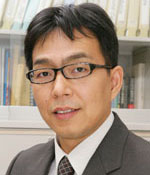
Contributions: the rational design of highly functional acid-base combined catalysts which are classified into acid-base combined salt catalysts, acid-base conjugate catalysts, and acid-base non-conjugate catalysts
Professor John F. Hartwig
Department of Chemistry University of Illinois, USA
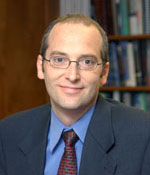
Contributions; the discoveries, developments, and mechanistic insights into new classes of catalytic processes, including coupling reactions, C-H bond functionalizations, hydroaminations, and enantioselective substitution reactions.
Professor Kyoko Nozaki
Department of Chemistry and Biotechnology, Graduate School of Engineering, The University of Tokyo, Japan
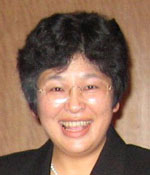
Contributions; the development of new catalysts for the synthesis of structurally well-controlled organic molecules: from small molecules to polymers
Professor David W. C. MacMillan
Department of Chemistry, Princeton University, Princeton, USA
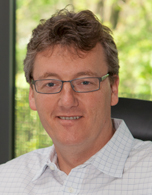
Contributions: the introduction of new catalysis concepts for asymmetric synthesis including the generalization of organocatalysis, iminium catalysis, organo-cascade catalysis and SOMO catalysis
Professor Keiji Tanino
Division of Chemistry, Graduate School of Science, Hokkaido University, Japan
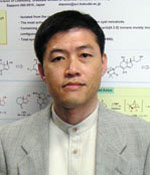
Contributions: the development of new methods for the total synthesis of natural products having a polycyclic carbon skeleton (e.g., coriolin, ingenol and norzoanthamine) based on carbocation chemistry and organometallic chemistry
Professor Gregory C. Fu,
Department of Chemistry, Massachusetts Institute of Technology, U.S.A.
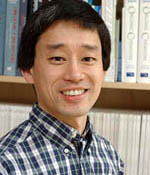
Contributions: the development of new methods for carbon-carbon bond formation (e.g., cross-coupling reactions) and the design of new chiral catalysts for asymmetric synthesis
Professor Michinori Suginome
Department of Synthetic Chemistry and Biological Chemistry, Graduate School of Engineering, Kyoto University, Japan
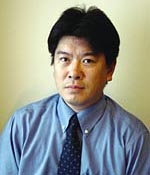
Contributions: the development of new methods for the catalytic synthesis of organoboron and organosilicon compounds (e.g., bis-silylation, silaboration and cyanoboration reactions) and of their utilization in organic synthesis
Professor Dr. Alois Fuerstner
University of Dortmund and Director at the Max-Planck-Institute fuer Kohlenforschung, Muelheim/Ruhr, Germany
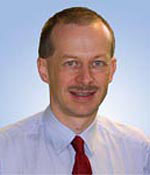
Professor Fuerstner has made outstanding contributions to development of novel organometallic methodologies and their application to efficient total synthesis of natural products.
